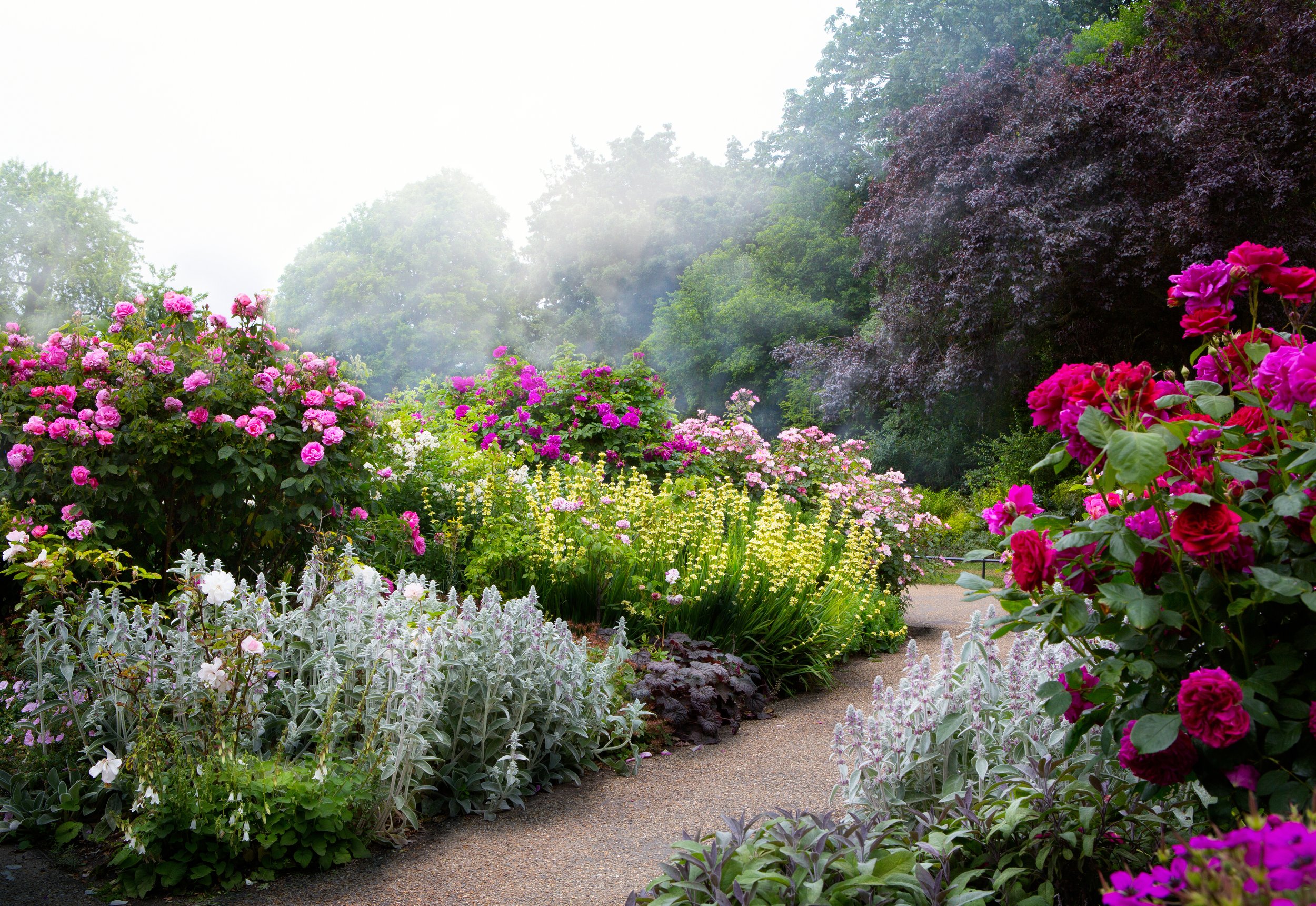Given the shifting approaches that present-day public gardens and community schools are employing, there is significant potential for collaboration between the two. The Community Schools Playbook notes that “at high-quality community schools, educators collaborate with community partners to provide well-structured learning activities during out-of-school time and summer, using school facilities and other community spaces” (p. 39).
Public gardens are very well-suited to serve as one of these community spaces, as their highly curated grounds provide rich opportunities for experiential learning. It is in their direct interest to improve science education, as the “the decline in the quality of science education and in the number of trained plant scientists” represents an existential threat (Rakow, Gough, Lee, Kindle location 886). Public gardens are growing increasingly aware of the dearth of resources available for interactive science instruction, and that in “urban school districts those problems are further compounded by the fact that a higher proportion of their students also suffer from the negative impacts of poverty” (Rakow, Gough, Lee, Kindle location 859).
Historically, public gardens have mostly partnered with traditional rather than community schools. However, community schools have a number of key features that can reduce barriers to collaboration, such as:
Dedicated site coordinators
Goal-oriented community engagement teams
Robust community outreach
Family relationships built on trust
Extended learning time
Emphasis on experiential learning
Part and parcel of the community school model is bringing together “teachers and community partners…to plan and provide access to a broader curriculum,” giving students “the opportunity to pursue non-tested content and deeper learning pedagogies, such as project-based and experiential learning, both during and beyond the conventional school day” (Partnership for the Future of Learning, p. 40). Strategies to make these opportunities possible include allocating enough additional time for expanded programming; “support[ing] partnerships with community organizations, public agencies, and employers who provide additional staffing and augment programming” by “expanding the spaces in which students learn, as well as increasing the number of adults with whom they are learning and the content of what is being learned;” “remov[ing] unnecessary barriers to facilities-sharing between the school system and community-based organizations;” and “ensuring sufficient and sustained funding for program stability” (Partnership for the Future of Learning, p. 42).
Public gardens that are smaller in scale or newer to community outreach efforts may find it easier to partner with community schools that will already have the capacity and infrastructure to support program development with consistent communication and reporting and a high impact.
